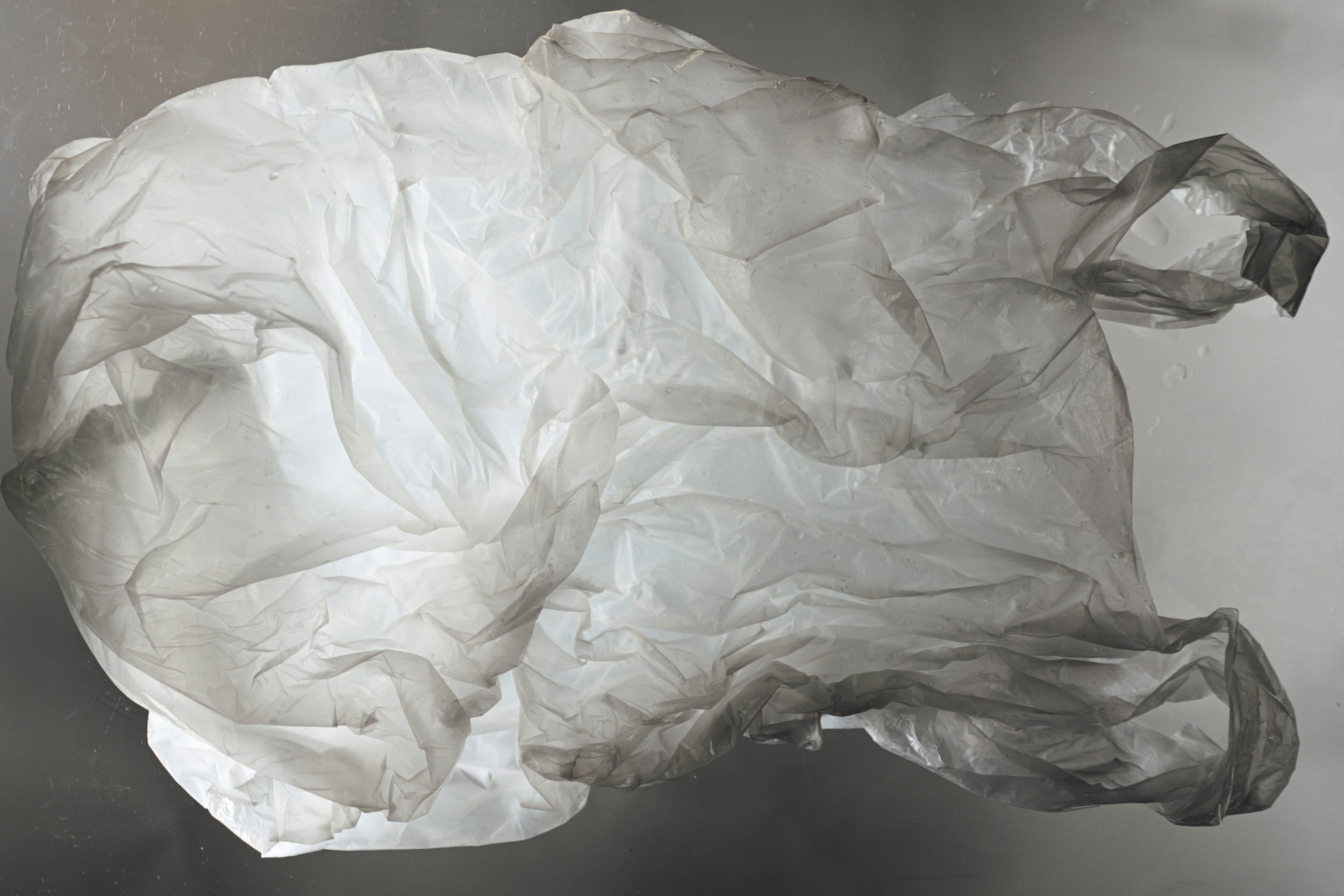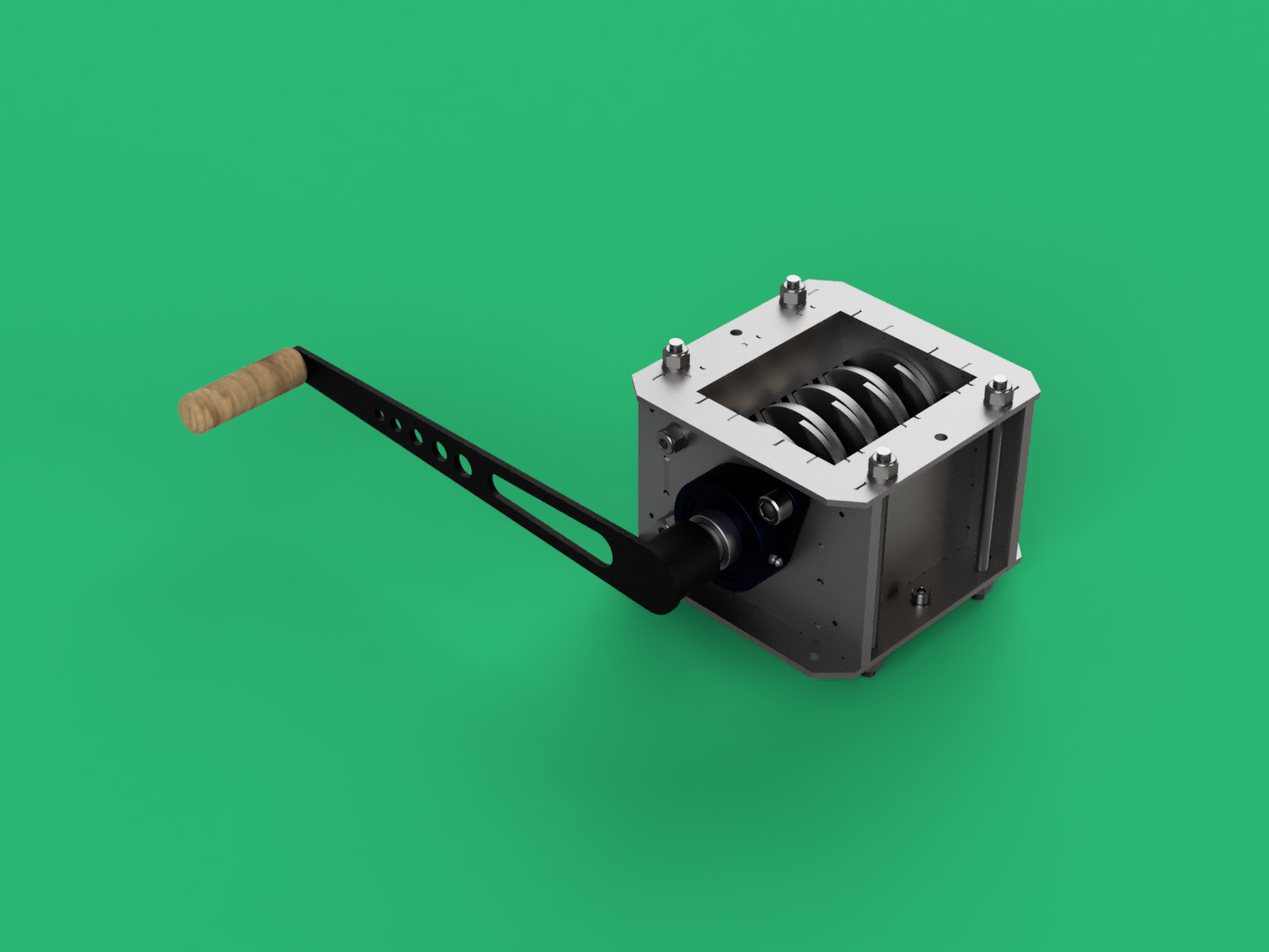8 Plastic Waste Sources You Can Start Creating With Today
With so many different plastics and plastic waste types available, it can be difficult to know where to start. Below are a few examples of plastic waste you can look for. These are plastics that are not currently widely recycled, if at all. So by recycling them, you are making a real difference.
Fishing lines - Polypropylene (PP)
Fishing gear that is left in the water or along a coastline is called ‘Ghost Gear’. It is incredibly harmful to wildlife, fish and marine mammals by trapping them or being digested by them. It is one of the most deadly forms of plastic pollution in the ocean. Ghost Gear (often nets and ropes) can be made of nylon or polypropylene (PP) and can be shredded and used in injection moulding. You can find fishing lines and nets along the coastlines.
Nurdles - Various
Nurdles are small plastic pellets which are used in the manufacturing of most plastic products. They are usually between 1 - 5 mm and are classed as microplastics. Their small size means they are often lost in transport and processing, meaning they make their way into nature. It’s estimated more than 50 billion nurdles are released every year in the UK, which could create up to 88 million plastic bottles. You can find Nurdles in many places, including coastlines, rivers, lakes and even inland. When searching for Nurdles, be sure to check seaweed and other debris on beaches as these often catch lots of nurdles. Check out nurdlehunt.org.uk for more info. This presentation from Nurdle Hunt is particularly helpful when identifying nurdles: PowerPoint Presentation (nurdlehunt.org.uk)
Plastic Bottles - Polypropylene (PP) or High-Density Polyethylene (HDPE)
Coloured non clear plastic bottles are normally PP or HDPE and are a great source for DIY recycling. Look out for thick plastic bottles like shampoo bottles or laundry detergent, which are likely to be PP or HDPE. Clear plastic bottles are usually PET and not as suitable for home recycling.
Face Masks - Polypropylene (PP)
Since the start of the pandemic, single-use face masks have become a frequent item found in streets, waterways and in landfill. Many of them are made with PP and can be shredded and used in injection moulding projects. Of course, all plastic waste should be cleaned and disinfected before use, but do take extra care when dealing with used PPE.
Bottle Caps - High-Density Polyethylene (HDPE) and Polypropylene (PP)
If you do go on the hunt for plastic bottles to use, don’t forget their lids. The lids are usually made from high-density polyethylene (HDPE) and polypropylene (PP). Local councils don’t recycle them but they can be recycled at home. They are the most common consumer plastic found on the beach, so head to the coast and you’re sure to find some.
CD cases - Polystyrene (PS)
Polystyrene is commonly used to produce jewel CD cases as it is a cost-effective, strong material. It is one of the clearest plastics readily available, but can also be coloured. It is also possible to polish polystyrene to achieve a marble effect. Charity shops are often inundated with CD/DVD donations, in a time where most of us now stream all our content. So, if you’re looking for some PS for your projects, head to your local charity shop and ask if they have any CD/DVDs they won’t be able to sell.
Plastic Bags - High/Low Density Polyethylene (HDPE/LDPE)
In order to recycle plastic bags, you usually have to take them somewhere. They aren't widely collected with your weekly recycling. This means that many end up in landfill or in unused cupboards in your house. Plastic bags are often made with HDPE/LDPE and can be shredded and used with an injection machine. You can often find plastic bags out and about. Alternatively, you can put a message out to your neighbours/local groups on social media and let your neighbours know they can leave their plastic bags with you, rather than having to go further afield.
Failed 3D prints - PLA/ABS/PETG
If at first you don’t succeed, shred your plastic and start again. 3D printing is a great tool, but it can lead to a lot of wasted material. If you do have some failed prints, break them up or shred them and use them again in an injection project.
Looking for an easy way to shred your own plastic?
Our hand cranked shredder kit is the simplest way to get started. The Sustainable Design Studio simplified the shredder design to provide you with the lowest price point. It is your perfect low-cost entry into recycling plastic waste.









